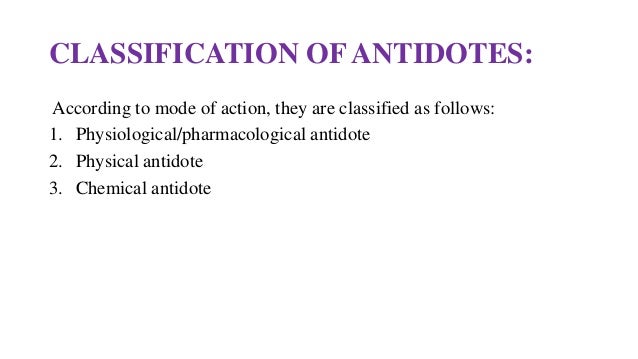


In severe poisoning, the antidote is only an adjunct to supportive treatment and its use should not distract the physician from delivering adequate attention to airway, breathing, circulation, and decontamination. It must be stressed that the expected benefit of the antidote must be determined and weighed against the potential side effects and toxicity of the antidote. In a small proportion (<2%) of toxins, 1 antidotes have been identified. “Treat the patient, not the toxin” is hence the guiding dictum in clinical toxicology. The latter list by far exceeds the former and hence the most important guiding principle in such emergencies is good supportive care while the patient recovers. In general, toxic agents can be classified into two groups: those for which specific treatment exists and others for which there is no specific therapy. Toxicological emergencies are encountered frequently in intensive care unit (ICU) practice, either as a result of drug overdose (accidental or suicidal) or due to drug toxicity secondary to inappropriate drug dosing or drug interactions. This review provides an overview of the role of antidotes in poisoning. Vitamins such as vitamin K, folic acid and pyridoxine are used to antagonise the effects of warfarin, methotrexate and INH respectively in the setting of toxicity or overdose. Drugs such as atropine and magnesium are used to counteract the end-organ effects in organophosphorus poisoning. Drugs such as N-acetyl cysteine and sodium thiocyanate reduce the formation of toxic metabolites in paracetamol and cyanide poisoning respectively. naloxone, flumazenil) are other mechanisms by which antidotes act. oximes for organophosphorus poisoning) and competitive receptor blockade (e.g. ethanol for methanol poisoning), enhancement of enzyme function (e.g. In some situations, enhanced elimination can be achieved by urinary alkalization or hemadsorption. Specific binders include chelating agents, bioscavenger therapy and immunotherapy. The most commonly used non-specific binding agent is activated charcoal. Reduction in free toxin level can be achieved by specific and non-specific agents that bind to the toxin.


 0 kommentar(er)
0 kommentar(er)
